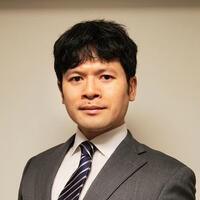Research Experience
-
2022.04-Now
早稲田大学 基幹理工学部 機械科学・航空宇宙学科 教授
-
2020.04-2022.03
Waseda University
-
2010.09-2020.03
Hiroshima University Graduate School of Engineering
-
2009.08-2010.08
Hiroshima University Graduate School of Engineering
-
2007.04-2009.07
Hiroshima University Graduate School of Engineering
-
2005.04-2007.03
ファナック株式会社


Click to view the Scopus page. The data was downloaded from Scopus API in January 05, 2026, via http://api.elsevier.com and http://www.scopus.com .